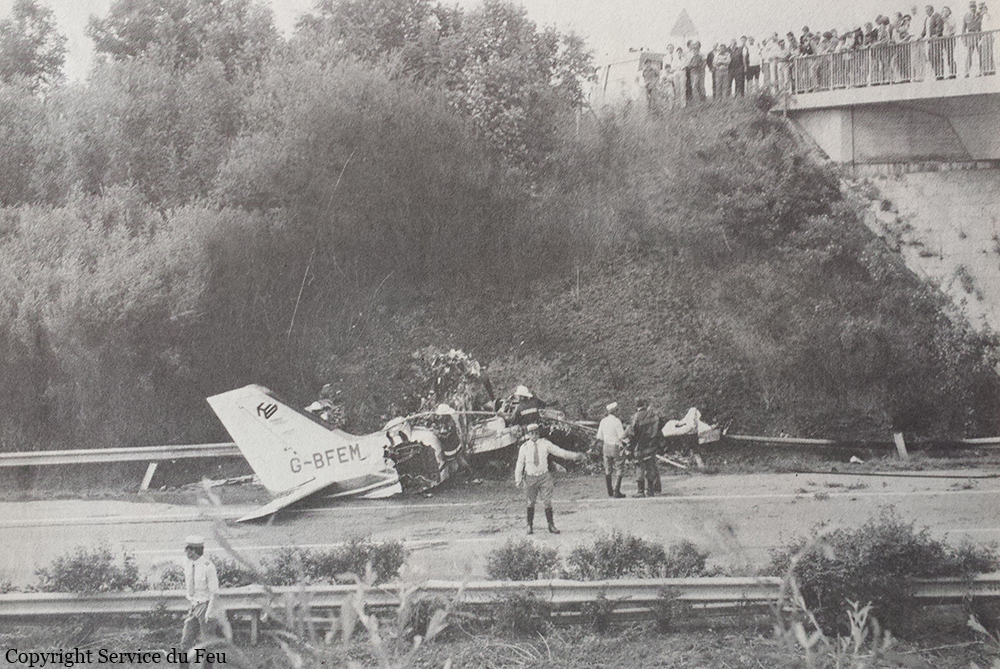Crash of a Cessna 421C Golden Eagle III in Kennesaw: 1 killed
Date & Time:
Jul 19, 1985 at 1116 LT
Registration:
N5473G
Survivors:
Yes
Schedule:
Kennesaw – Saint Petersburg
MSN:
421C-0220
YOM:
1976
Crew on board:
2
Crew fatalities:
Pax on board:
3
Pax fatalities:
Other fatalities:
Total fatalities:
1
Captain / Total hours on type:
450.00
Aircraft flight hours:
1700
Circumstances:
The aircraft lost power on right engine shortly after take-off. The aircraft crashed and burned in a wooded area several miles southwest of the airport. The right engine was severely damaged in the fire. No pre-impact malfunction could be documented. Examination of the propeller did not reveal damage consistent with that usually found when a propeller is in the feathered position. The flap jack screw was found in the 10-15° position. Both engines had a history of shut down at low power settings during taxi. The right engine had 'burbled' during the previous flight and the left engine shut down after landing.
Probable cause:
Occurrence #1: loss of engine power (total) - mech failure/malf
Phase of operation: takeoff - initial climb
Findings
1. (c) operation with known deficiencies in equipment - improper - pilot in command
2. (c) miscellaneous - undetermined
3. (c) reason for occurrence undetermined
----------
Occurrence #2: forced landing
Phase of operation: descent - emergency
Findings
4. (c) remedial action - not performed - pilot in command
5. (c) propeller feathering - not used - pilot in command
6. (c) lack of total experience in type of aircraft - pilot in command
----------
Occurrence #3: in flight collision with object
Phase of operation: descent - emergency
Findings
7. Object - tree(s)
----------
Occurrence #4: in flight collision with terrain/water
Phase of operation: descent - emergency
Phase of operation: takeoff - initial climb
Findings
1. (c) operation with known deficiencies in equipment - improper - pilot in command
2. (c) miscellaneous - undetermined
3. (c) reason for occurrence undetermined
----------
Occurrence #2: forced landing
Phase of operation: descent - emergency
Findings
4. (c) remedial action - not performed - pilot in command
5. (c) propeller feathering - not used - pilot in command
6. (c) lack of total experience in type of aircraft - pilot in command
----------
Occurrence #3: in flight collision with object
Phase of operation: descent - emergency
Findings
7. Object - tree(s)
----------
Occurrence #4: in flight collision with terrain/water
Phase of operation: descent - emergency
Final Report:







